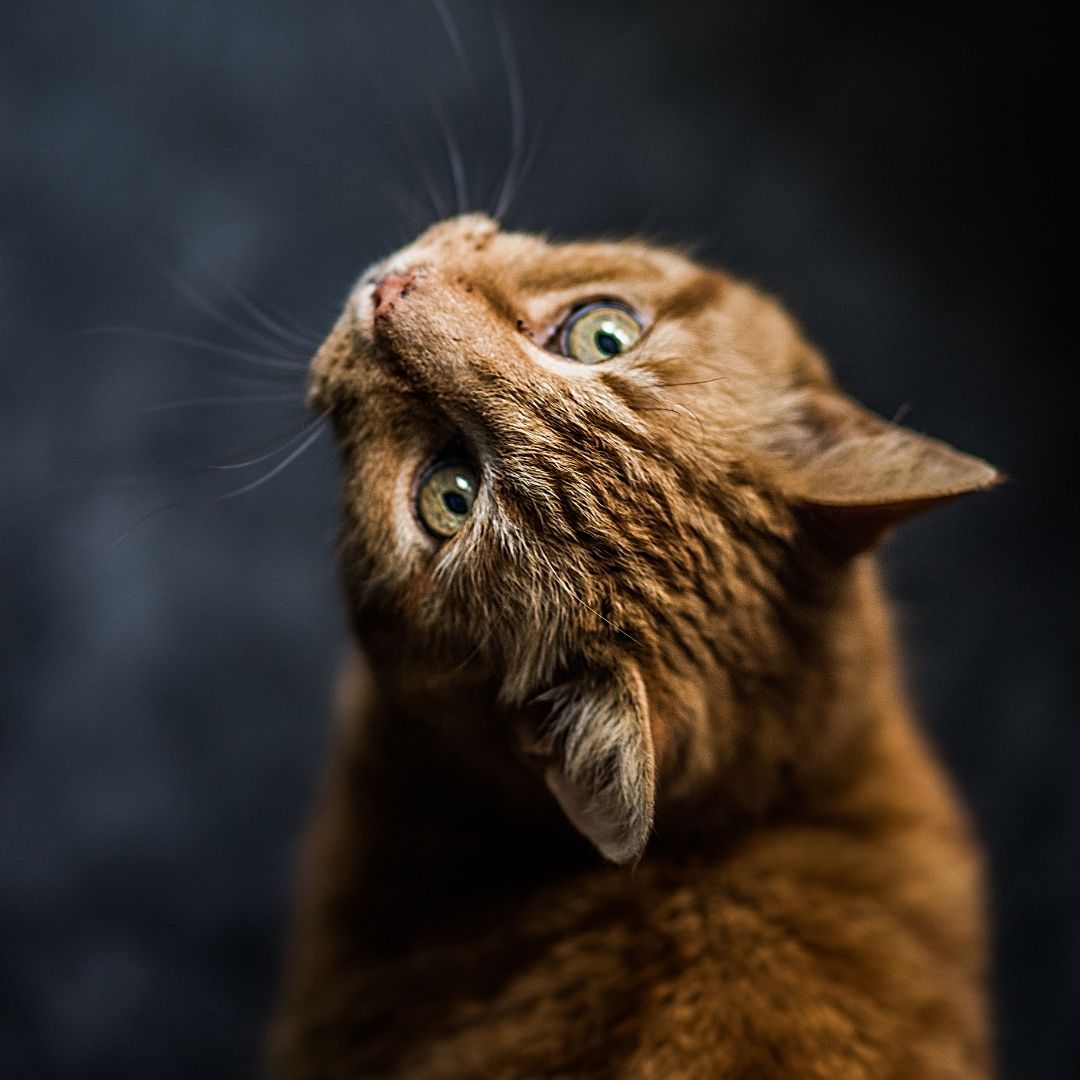
How Old Is My Dear Meow!
Share
Age brings maturity, age brings wisdom! But who can question the wisdom of our dear majestic kitties!
Like us, or any other living being on the world, our dear furr balls age, and age well indeed. It may be easier for us to determine the age of a person by observing certain striking physical features. In some cases, the mental intellect is enough to determine how old someone may be.
With cats, the process is somewhat similar. They may not age like us, in terms of the number of years lived. People often lack the understanding that if some animals do not live as long as homo sapiens, it does not mean that they are in any way inferior to us when it comes to age-bound wisdom and awareness.
To Define Your Cats Age in Human Years

It is important to know that when we compare the age of any animal to our own timeline, we must consider the fact that according to their life span, living till the age of 15-16 years (which is a common life span of most domesticated cats and dogs) would be comparable to 75-80 years of human life.
Thus, the clarity, awareness, and maturity that humans tend to achieve during their lives is mostly equal in the case of animals. Cats, to be precise, are physically more agile and active than humans, thus their bodies tend to show signs of ageing very slowly.
There are determinants to analyse the approximate age of cats, domesticated or stray. Just like humans, they too develop certain physical traits that can help us know the stage of life they are at.
A few easily visible determinants are:

1) Teeth:
Just like humans, baby kittens have a similar way of teeth growth. On average, baby meows develop their first set of milk teeth within the first 5-6 weeks of birth. Most kittens consume the mother’s milk for a long time, thus aiding in the growth of cells in their respective organs.
These milk teeth then fall off and give space to new, permanent set of teeth within 5 to 6 months of their lives. These then grow till their maximum size in due course of time, and fully mature teeth can be seen by the time the kitty is almost a year old.
As they grow and begin to chew, their teeth develop a yellow layer of tartar, which is considered one of the primary determinants of a kitty’s age. A few yellow teeth could mean your meow maybe 2 to 3 years old, and with age, most of their teeth start to become yellow.
As the cat ages, they begin to lose teeth as well, just like humans. A mature cat is likely to start losing teeth around 10 to 12 years, and this can be a useful way to analyse the age of a cat.

2) Eyes:
People develop weakness in their eyesight as they age, and problems like cataract, glaucoma etc begin to bother us. Cats too tend to develop problems in their eyes as they grow. A thin layer of white, fog-like substance can be seen in older cats. As they age, the fur around their eyes, which is supposed to protect their eyeballs from excess dust particles and debris begins to get thinner, thus exposing their eyes to more wind and making it vulnerable to eye problems.
One of the most common observations in older cats has been the tearing of the eyes. This can cause permanent dark marks below their eyes, and a certain skin discharge then begins to accumulate in those small pores, causing irritation and itching.
Older cats can be seen scratching their eyes more often than young ones. This is because there is a high chance that their iris is fogged up, making it difficult for them to see clearly. Some stray cats are seen with punctured eyeballs that may have happened either during an intense fight or merely due to excess secretion of liquid oozing out of their pores.

3) Muscles and bones:
Young meows are very active, and their curiosity makes them climb really high places. The fact that a cat would land on its paws most of the time stands true, as their natural body structure causes them to turn their paws in the right angle, making it easy for them to break their fall and safely land on their strong limbs.
With age, of course, these limbs begin to weaken, and this is primarily due to lack of essential calcium and vitamins required to keep up with the wear and tear of the muscles.
Therefore, we do not see older cats indulging in intense physical activities, and rather prefer to find a nice and quiet spot to relax and sit. Their bodies also get heavier, as their bones weaken, and muscles loosen up. This is also a good determinant of a cat’s age. They like to walk less, sit more, sleep more than usual and avoid any physical stress after 12 years of age.

4) Furr and hair:
As kitties age, they slowly start losing hair. It can be due to various reasons, i.e. excess grooming, lack of proteins or injuries of any kind. But normally, older cats have a very thin coat of fur, exposing their bare skins. This loss of hair is a natural and normal occurrence and may happen because the follicles of hair begin to loosen up, leading to excess loss of hair. Essential proteins required to hold the hair in places begin to fall apart, and the once shiny and smooth coat of fur starts fading away. Also, the tolerance level of their skin towards temperature changes starts to falter, and most old cats prefer to cozy up in extra warm places.

Nature is unbiased to every living thing on this beautiful planet. Everything that is born eventually weakens, becomes fragile, loses its strength, and finally meets its inevitable end, only to return the energy back to nature. Our dear meows are no exception. It can be painful to see our cute furry buddies wither away and leave us. But we must not mourn and be sad, rather, cherish every beautiful moment they spent with us. It is up to us to understand their needs and assess their physical conditions carefully to ensure they stay with us as long as possible.
Cat Blogs: Cat Behavior | Cat Food | Cat Health & Care | Cat Training | Cat Breeds | Cat Lifestyle | Cat People
Visit our blogs page for more fun cat topics and cat products visit www.catcurio.com
Follow CatCurio: Instagram I Facebook I Twitter I YouTube I Tumblr I Pinterest
